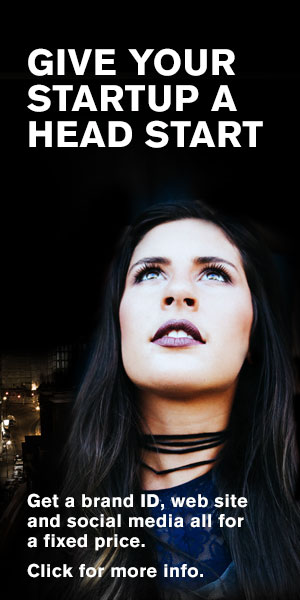A few weeks ago I had a meeting with one of the major professional services companies. Client confidentiality means I won’t be able to tell you which one of course, but they’re world leaders in their field and are having serious difficulty executing a flexible international advertising campaign to promote the global reach and local depth of their brand. They were simply having problems deciding on an approach that’s right for them and that would get buy-in from the many stakeholders, regions and business sectors within the firm.
Having seen problems like this from an internal design and brand management viewpoint as well as from an external creative director’s point of view, it’s clear they’re very common in many organizations and need a considerable amount of thought and brand insight to solve effectively and creatively. Put simply they couldn’t see the wood for the trees.
There is no substitute for clear yet creative thinking when it comes to brand issues. The problem with many international brands is that they have too many conflicting interests, too much internal pushes and pulls to be able to implement quick, creative design and brand solutions. Major companies often do design and branding well, yet can’t act quickly or effectively enough to embrace inventive ideas to knock their clients socks off. They move more slowly than they should.
Large international firms need to think like smaller companies when it comes to branding and design. They need to be able to act at an individual level to make more impact in their marketing and reaffirm their credibility. Even when dealing with a large corporation or partnership we are all individuals and need to see the shape of personal elements in every brand. I know that this quick-acting, individual approach is easier to say than to implement but companies need to think and respond fast in a social media age.
I’m happy to tell you that the global partnership in question certainly listened to my ideas for the development of an advertising solution for their brand, and I look forward to seeing some of the results very soon, but there’s always a challenge in staying number one in your sector, and that challenge is the continuing need for fresh ideas and fresh thinking.
‘If we want things to stay as they are, things will have to change,’ Italian author Giuseppe di Lampedusa said in his novel The Leopard, and that’s something that brand managers and marketing professionals really should always to bear in mind. It takes a lot of work to stay in the same place and in design and brand development this should never be overlooked.
What lessons are there then for you and your business from how major brands deal with brand and marketing issues? Firstly, if you’re not number one in your sector, you should see the relative lack of size and flexibility of your business as an advantage. You should be open to listening to good ideas and implement them quickly once you are certain of their value to your brand. Just be confident in their worth and find good designers and brand specialists to help you deliver them.
The other crucial lesson for all of us is that you should never rest or be content with your design, your brand positioning and how you develop your conversation with your customers and your users. There’s always something new to consider and to learn when managing your brand. Branding, design and social media are still relatively new tools and there are always fresh approaches and fresh ideas and thinking that can drive you in the direction of business growth, or make that growth much easier to reach.
Having helped several major companies successfully re-engineer their brand in the first dot com boom, it’s my view this new media revolution is much more than a bubble. This digital revolution is how business is now and the shape of things to come has finally arrived.
Everything is possible thanks to great technology and software provided by Apple and other firms and great transparent technology tools like Twitter and WordPress that allow you to communicate, publish and effectively reach your target audiences with more accuracy than ever before. We’re still right at the very beginning of a social media age, but unless you want your business to stay exactly as it is, things had better change.



